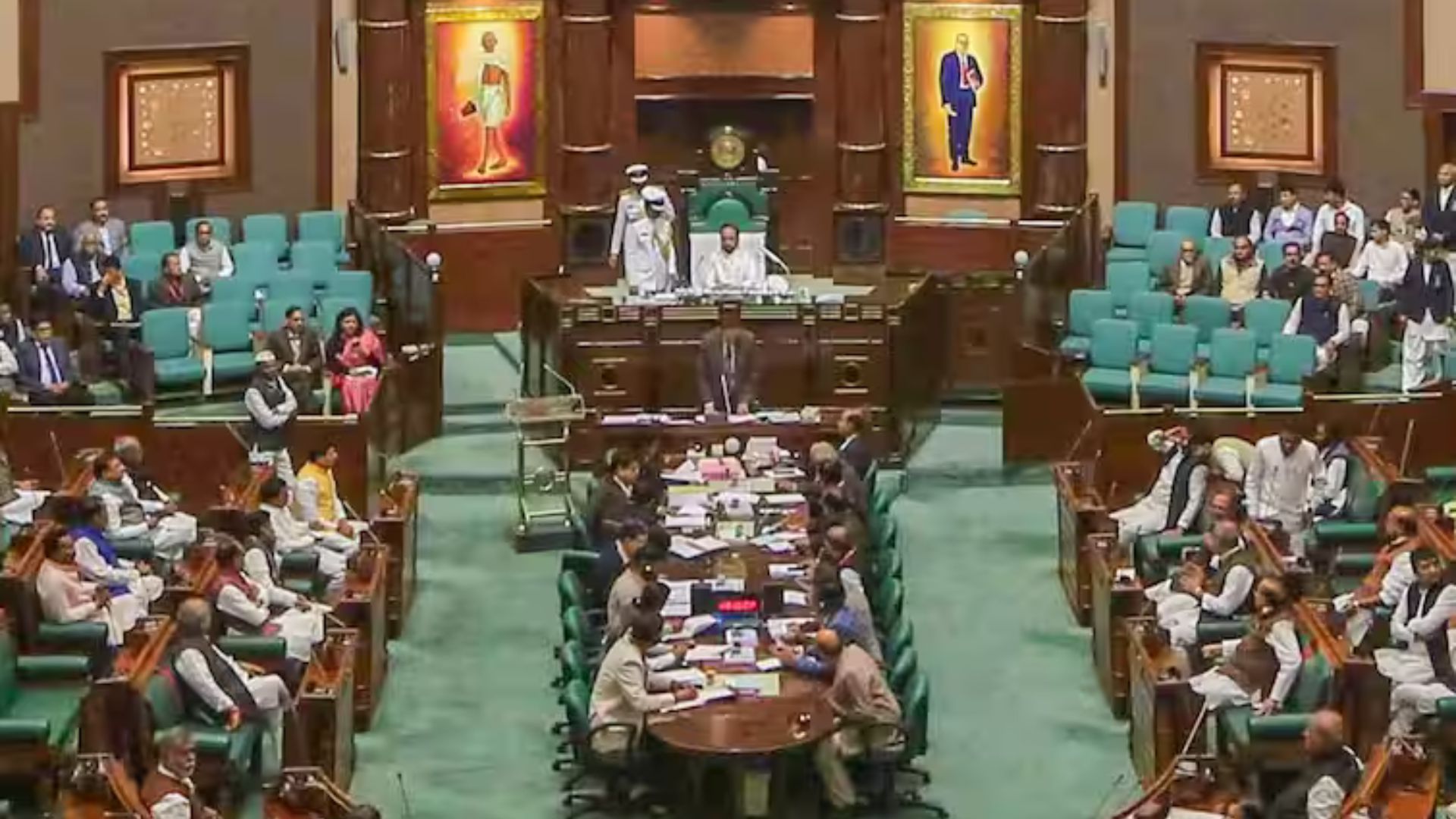Madhya Pradesh’s Deputy Chief Minister and Finance Minister(FM), Jagdish Devda has just presented the state’s budget for the year 2024-25.
Has he done a good job?
The answer depends on the following three considerations.
One, is whether the budget would speed up the state’s economic growth or the state’s Gross Domestic Product(GDP).
Two, whether the budget would promote social welfare in the state?
Three, whether the budget encourages fiscal discipline in the state?
Macroeconomic theory tells us that government expenditure is a critical determinant in stepping up economic growth in a state or country. At the very outset of his budget speech, Devda explicitly stated that the government intends to double the size of the budget( which means doubling the state government spending) in the next 5 years. The FM has provided for a huge Rs 326,382 crores as total government expenditure for 2024-25; 16 percent more than the 2023-24 budget estimates.
A long-term view would also make the contrast clear. In 2004-05, the total state government expenditure was just Rs 24,361 crores implying a more than 13-fold increase in government spending in the last 20 years.
A look at the sectoral allocations also buttresses the government’s focus on increasing its outlays and thereby growth. The 2024-25 budget allocates Rs 26, 126 crores for the farm sector; up from Rs 22,732 crores in 2023-24. Power and irrigation accounts for Rs 53,460 crores in 2024-25; up from Rs 49,000 crores in 2023-24. Significantly, this year the FM has also turned his eyes towards the industrial sector( Industry + MSME + cottage and village industries); it would receive Rs 4191 crores for 2024-25; almost a whopping increase of 40 percent over the previous year.
While focussing on accelerating economic growth, the FM has not lost sight of the ‘equity or social welfare’ considerations of the budget. Social sectors like education, health and marginalised sections like Women and children and SC-ST-OBCs have been given due attention too. While education has garnered Rs 41, 124 crores in 2024-25; up from Rs 39,457 crore in 2023-24; public health allocations have increased from Rs 11,998 crore in 2023-24 to Rs 15, 509 crores in 2024-25. The Women and Child Department (WCD) ( it implements the state government’s flagship programmes like Ladli Behna Yojna, Ladli Laxmi Yojna and runs the Anganwadi centers) has been provided Rs 26,560 crores in 2024-25; up by a staggering 80 percent over the 2023-23 estimate! SC-ST-OBCs account for Rs 21,288 crores in 2024-25; up from Rs 19,379 crores in 2023-24.
While striving for economic growth and social welfare, the FM has also kept in mind the need for fiscal prudence. Despite massive increases in government expenditure in social and economic sectors, the FM has managed to register a Rs 1700 crores revenue surplus in 2024-25. As a percentage of the state GDP, revenue surplus is 0.11 percent in 2024-25; up from .03 percent in 2023-24. This has been made possible principally because of an estimated increase in the state’s own tax revenues(OTRs); which is expected to touch Rs 102, 097 crores in 2024-25; up by 18 percent over 2023-24.
This surge in the state’s OTRs suggests a buoyant state economy and also better tax administration in the state. It may be recalled that the state had a revenue deficit of Rs 1009 crores back in 2004-05.
Meanwhile, it is being argued in certain quarters that the state’s public debt is alarming. Debt, per se, is not bad. In fact, Article 293 of the Indian Constitution allows state governments to take loans. Economists analyse debt on the basis of two criterion; namely, inter-generational equity and sustainability.
If debts are used for spending on productive areas such as power, roads, irrigation etc then the state would grow in the future and future generations would benefit. Capital or investment expenditure reveals an increasing trend over time thereby implying greater economic growth in the future. The FM has budgeted Rs 64, 738 crores as capital expenditure in 2024-25; up by 15 percent over 2023-24. It is worthwhile to note that capital spending in the state was only Rs 5683 crores in 2004-05.
For the debt to be sustainable, the 11th Finance Commission had suggested that the ‘Interest-Revenue Receipts’ ratio must not exceed 18 percent; this ratio is 10.40 percent in 2024-25 implying that the state debt is sustainable.
In a nutshell, the FM has successfully pulled off a balancing act; the budget attempts to achieve an optimal mix of faster economic growth, social welfare, and fiscal discipline in the state.
The writer is based in Bhopal and is actively associated with multiple fields of academia, media, and politics.

